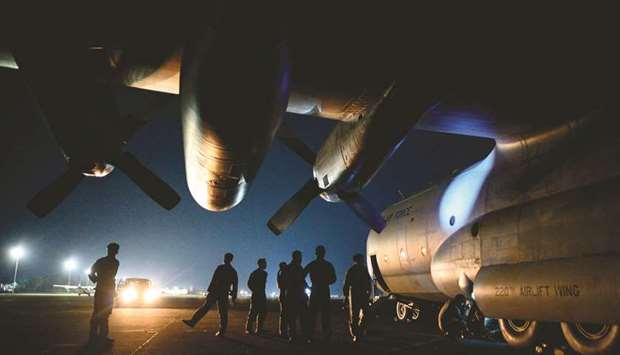Efforts to rehabilitate a southern Philippine city devastated by a siege by Islamic State-allied militants two years ago were on track despite complaints of delays by displaced residents, officials said yesterday.
Debris from the most affected area in Marawi City, 880km south of Manila, was expected to be completely cleared by end of August, said Secretary Eduardo Del Rosario, head of the task force overseeing the rehabilitation.
Damaged structures would be demolished by end of November in all 24 villages that were most damaged by the fighting in May-October 2017,
which would pave the way for the reconstruction of houses and buildings, he added. “We are on target,” he told reporters as the city marked the second anniversary of the start of the siege.”
There is no delay. I was told by some UN experts that a disaster like this would take five to seven years to rehabilitate.” “We can do it in less than five years actually, by December of 2021,” he added.
Several backhoe loaders and other heavy equipment were seen clearing and hauling debris around the most affected 250-hectare area, which represents the central business district of Marawi. A key bridge was also being retrofitted, strengthened and widened to become the main entry and exit point to the city, Del Rosario said. “Once completed in October, this will be the main bridge to the central business district,” he said, amid the sound of pounding from across the Bonggalo bridge.
Despite the frenzy of activities in the so-called ground zero, nearly 100,000 residents displaced from the area lamented the slow progress in getting them back to their communities. Thousands of bullet-riddled and torched cement structures were still in the area, while overgrown grass covered lots where wooden houses used to stand. Mangled and rusted steel bars and sheets were everywhere.
“Sometimes we don’t know what to feel anymore,” said Junairah Abdulatip, a 35-year-old mother of seven young children.”We’re sad because we don’t have a home and not sure of what the future holds for us.” Abdulatip, her husband and children share a shelter that measures less than 20 sq m with her 58-year-old mother and 25-year-old sister in one of the transition settlements in Marawi.
Their home was burned to the ground during the siege and a cousin died after he was taken hostage by hundreds of militants who launched the attack on Marawi on May 23, 2017.
The fighting left the municipality in ruins, displaced more than half a million people and left more than 1,200 people dead, including civilians. Colonel Romeo Brawner, head of the 103rd army brigade in Marawi, said authorities were confident that the remaining militants on the run, estimated to be 25, no longer have the capacity to attack the city again.
“Their capabilities are diminished. However, they can still conduct limited terrorist attacks; they can launch bombings and attack soft targets, and they can kill members of the military and police,” he said.
They have also been unable to recruit more members despite public frustration over the progress of the rehabilitation, he added.
“I think the people are now aware that even if they are victims, this is not the right way to do things, attacking their community or the city is not the right thing,” he said.

Soldiers travelling to Marawi, prepare to board a military aircraft at Clark Airbase in Angeles, Pampanga.
